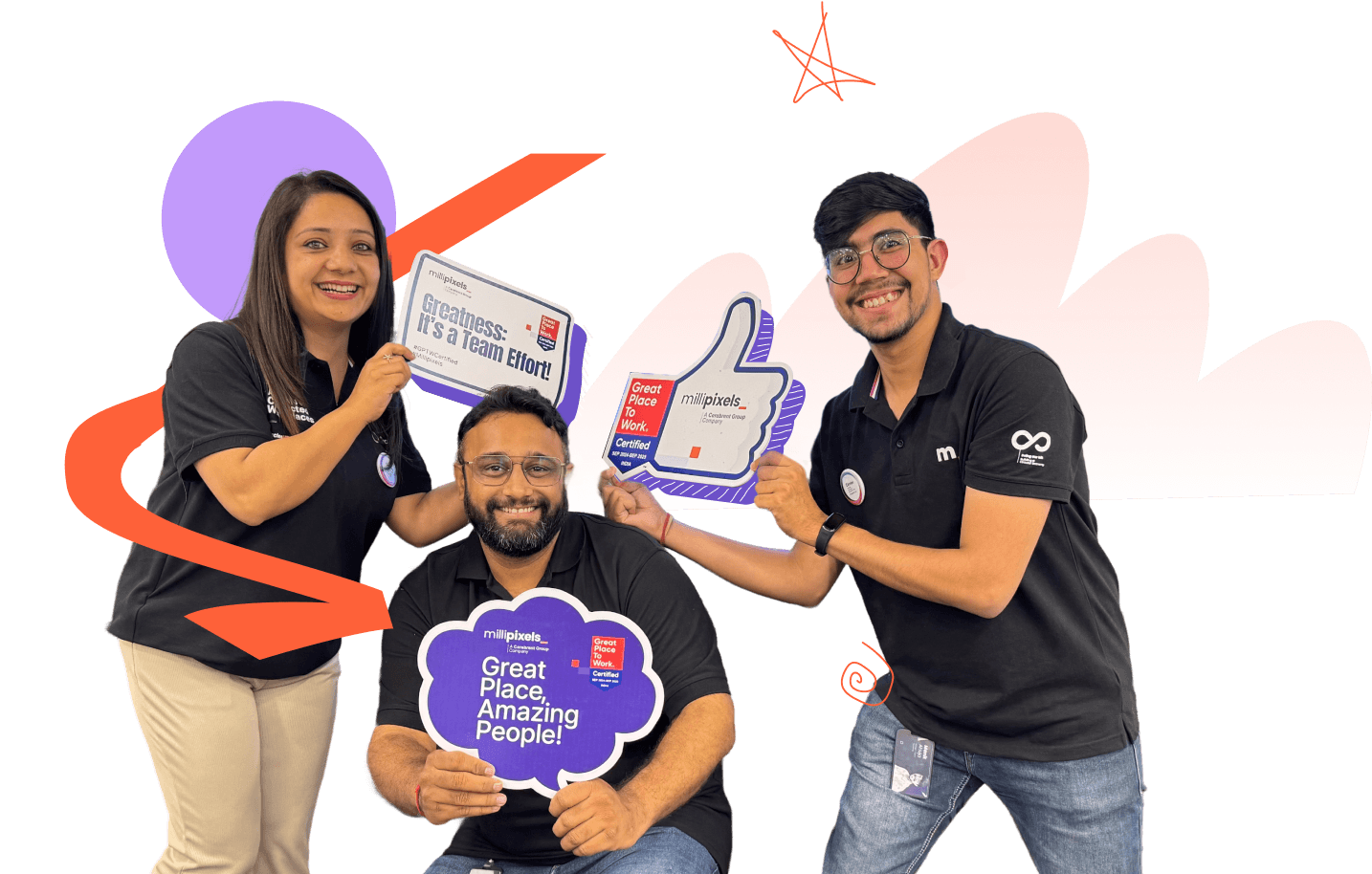Blog
The Circular Economy and the Future of Sustainable Business Beyond Net Zero
Discover how the circular economy can help businesses achieve net-zero emissions while driving sustainable growth. Learn about strategies, challenges, and industry-specific insights.
April 28, 2025

Introduction
A New Era of Sustainability: Why the Circular Economy Matters Now More Than Ever
In a constantly evolving business ecosystem, meeting sustainability goals is no longer optional—it's a mandate for survival and growth. The race to achieve net-zero emissions has intensified, but simply reducing your carbon footprint isn’t good enough. Consumers, investors, and regulators increasingly demand more innovation, responsibility, and action that drives real, long-term value.
This is where the circular economy offers a way forward. Unlike traditional sustainability efforts that often focus on incremental improvements, the circular economy reimagines how we design, produce, and use resources. It’s not just about minimizing waste; it's about creating a system where everything has a purpose, and nothing is discarded. This approach doesn't only meet environmental obligations; it also opens up entirely new avenues for growth and resilience.
But how exactly can your organization tap into the potential of this transformative model? What steps can you take today to lead in the next era of sustainable business? Let’s explore how the circular economy can redefine your strategy and position your company at the forefront of this new wave of sustainability.
Explaining the Core Concept
What Exactly Is the Circular Economy?
Moving Beyond the Linear Economy
The traditional linear economy, which relies on a ‘take, make, dispose’ model, is fundamentally flawed in an age of pressing concerns about resource scarcity and environmental impact. The circular economy reverses this by emphasizing resource efficiency, waste reduction, and sustainable design.
Core Principles Driving Circularity
- Design for Sustainability: Creating products with their entire lifecycle in mind—from sourcing to disposal—ensures minimal environmental impact and maximum resource efficiency.
- Resource Regeneration: Replenish natural resources through regenerative practices, ensuring economic activities contribute back to the environment.
- Waste as a Resource: The circular economy views waste as a valuable resource, emphasizing recycling, repurposing, and refurbishing to keep materials in circulation.
Real-World Applications: Circular Economy Across Industries
Manufacturing: From Waste to Wealth
Circular practices in manufacturing can significantly reduce waste and energy consumption.
- Case Study: A leading automotive manufacturer has adopted circular strategies, using recycled materials in vehicle production and remanufacturing parts, resulting in a substantial decrease in its carbon footprint and operational costs.
Retail: Reinventing the Consumer Experience
The retail sector is increasingly embracing circular principles, with companies redesigning products for durability and launching buy-back programs.
Example: A global apparel brand has introduced a line of clothing made entirely from recycled fabrics, coupled with a take-back program, which reduces waste, fosters brand loyalty, and enhances its sustainability credentials.
Technology: Innovation Meets Sustainability
The tech industry is pioneering circular business models, such as product-as-a-service, where customers lease products rather than own them.
Example: A leading electronics company offers a subscription model for its devices. This model ensures that products are returned, refurbished, and re-enter the market, reducing electronic waste and extending the product lifecycle.
Strategic Solutions
Implementing Circular Strategies: A Roadmap for Businesses
Designing for Circularity
Begin by embedding circular principles into your product design process. Focus on selecting sustainable materials, designing for longevity, and planning for the product’s end-of-life, where it can be easily recycled or repurposed.
Embracing Innovative Business Models
Shift towards business models that prioritize resource efficiency. The product-as-a-service (PaaS) model, for instance, allows companies to maintain ownership of products, ensuring they are used efficiently and returned for refurbishment or recycling. This model also opens up new revenue streams and strengthens customer relationships.
Building Collaborative Ecosystems
No business can go circular alone. Collaborate across your supply chain to create closed-loop systems that maximize resource use and minimize waste. To this end, a consortium of companies in the packaging industry is developing fully recyclable packaging materials, sharing resources and knowledge to achieve common sustainability goals.
Addressing Potential Challenges
Navigating the Challenges of Circular Economy Adoption
Shifting Organizational Mindset
- Adopting a circular economy requires a cultural shift within your organization. Employees and leadership must be open to a new way of thinking about products, resources, and waste.
- Tip: Develop training programs and internal campaigns to promote the benefits of circularity and embed it into your company’s DNA.
Tackling Economic and Regulatory Hurdles
- While the upfront costs of transitioning to a circular economy can be significant, the long-term benefits outweigh the initial investment.
- Advice: Leverage government incentives and subsidies designed to support circular economy initiatives. Also, engage with policymakers to advocate for regulations that encourage circular practices.
Measuring Success in Circular Economy
- Establish clear metrics and KPIs that track resource efficiency, waste reduction, and the financial impact of circular initiatives to gauge their effectiveness. This data will be crucial for refining strategies and demonstrating ROI to stakeholders.
Conclusion
Leading the Charge Towards a Circular Future
The shift towards a circular economy is not just a trend—it’s a necessary evolution for businesses committed to sustainability and long-term success. By embracing circular strategies, your company can achieve net-zero emissions, enhance brand reputation, and discover new avenues for growth and development.
The future of business is circular. Start now by rethinking how your organization designs, produces and consumes resources to build a sustainable, thriving economy.

Taniya Adhikari
A writer and strategist, Taniya believes in the power of words to inform, engage, and inspire action. With over six years of experience across technical and creative content, she crafts precise, impactful narratives. Always seeking fresh perspectives, she finds joy in storytelling, travel, music, and nature.
Share
Are you seeking an exciting role that will challenge and inspire you?

GET IN TOUCH